Designed for the ever increasing passenger traffic on South Eastern & Chatham Railway (SECR), the L Class were compact tender engines.
Once we have looked back on their interesting history, we will look at the chances of seeing a new locomotive built in preservation.
SECR L Class
The SECR was formed from the merge of the South Eastern Railway (SER) and the London Chatham and Dover Railway (LCDR) just before the turn of the century. To gain the full benefits from the merger, standardisation of the locomotive fleet was needed.
Although this was tried, the different operating conditions from the previous companies, in particular, maximum axle loading, made designing engines for the whole network virtually impossible.
When the Ex-SER mainlines needed new express passenger engines in 1912, the decision was to build the new design for the Ex-SER routes only.
Design and Construction
H. Wainwright was Chief Mechanical Engineer (CME) who started the design work for the new locomotives, later named the L class. Following on from his previous classes, the 4-4-0 wheel arrangement and Belpaire firebox was adopted.
When the first finalised drawings were viewed by the company’s directors, they drew attention to some dated practices incorporated into the L class. The key components mentioned is the use of saturated steam and slide valves. This issue among others eventually leads to H. Wainwright being asked to retire, which he did in late November 1913.
His Assistant, Robert Surtees, revised the design by discarding the saturated steam by adding a Robinson-type superheater and fitting piston valves. After making these amendments plus altering a few dimensions, Surtees placed an order with Beyer Peacock & Co for 12 engines, with expected delivery being early Summer 1914. The order had to be placed externally as Ashford works were struggling with current demand, due to the closure of Longhedge works.
Maunsell became the SECR’s new CME in January 1914, and with his appointment modified and ordered another 10 with the Germany-based Borsig. The main change being the use of Schmidt-type superheater over Robinson-type. Although ordered first, the Beyer engines arrived in Autumn 1914, with the Borsig-built locomotives shipped over just before the outbreak of World War 1 in June/July 1914.
The basic dimensions for the L class include: 4-4-0 wheel arrangement (coupled wheels – 6 foot (ft) 8 inch (in) and leading bogie – 3ft 7in), boiler pressed at 160 lbf/in2 (later 180), two cylinders (both inside) (20 1/2in diameter and 26in stroke), total weight came in at 57 long tons (engine only) and a tractive effort of 18,910 lbf.
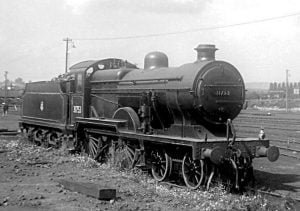
SR L1 Class
Maunsell became the CME for the Southern Railway when it was formed in 1923. By the Mid-1920s more 4-4-0s were needed to work the Ex-South Eastern mainline out of London, with Maunsell building the L1 class. As indicated by the name, they were a development of the L class.
There was no major adjustment to the L class design, with boiler pressure increased to 180psi, cylinder diameter reduced to 19.5 inches with long-travel piston valves fitted, Maunsell-type superheater and side windows in the cab. Most of the improvements were to modernise and improve the successful L class.
Like the L class, the construction was placed to an outside contractor, this time the North British Locomotive Company. The 15 engines ordered arrived in 1926.
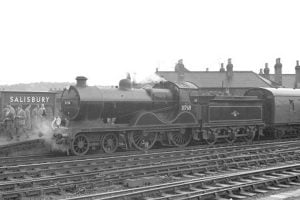
Performance in Service
All engines of both classes were allocated to hauling express passenger trains between London to the coastal towns of Folkestone, Dover, Ramsgate, and Hastings. The Summer trains were heavily loaded with families heading to the seaside or to cross the channel to visit France.
Decline and Withdrawal
Although the newer L1 class brought the class up-to-date in 1926, with L class engines receiving such improvements when in the works, bigger locomotives were needed in the Mid-1930s. To meet the demand, Maunsell produced the 4-6-0 N15 “King Aurther” Class and the yet larger 4-4-0 V “Schools” Class. Initially, both L and L1 remained on the busy Ex-South Eastern mainline, until the Bulleid ‘Light Pacifics’ began appearing in this area.
Reallocation saw members either head Northwards to Kent or Westwards to Eastleigh. Here, they replaced older engines which had outlived useful life. Between the Late 1950s and Early 1960s the both classes were completely withdrawn.
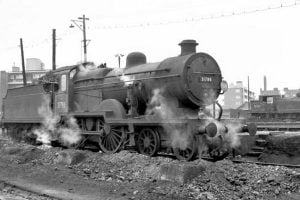
Preservation
A few V “School” class engines have survived into preservation and have proved perfect engines for the Heritage Circuit. The L class being predecessors to the “Schools” would therefore be good engines too.
Despite this, other lost Pre-Grouping classes maybe more popular to recreate over the L and L1 class. For example, the Bluebell Railway are currently building a H2 4-4-2 ‘Atlantic’, which is currently at an advanced stage of construction.
We hope you have enjoyed this week’s article on the SECR L and SR L1 classes. Next week we will bring you another Class Information based on a Great Western Railway class.
Where Next?
News Homepage
For the Latest Railway News
RailAdvent Online Shop
Framed Prints, DVD’s / Blu-Ray’s and more
LocoStop – The RailAdvent Community
Come and share your railway pictures


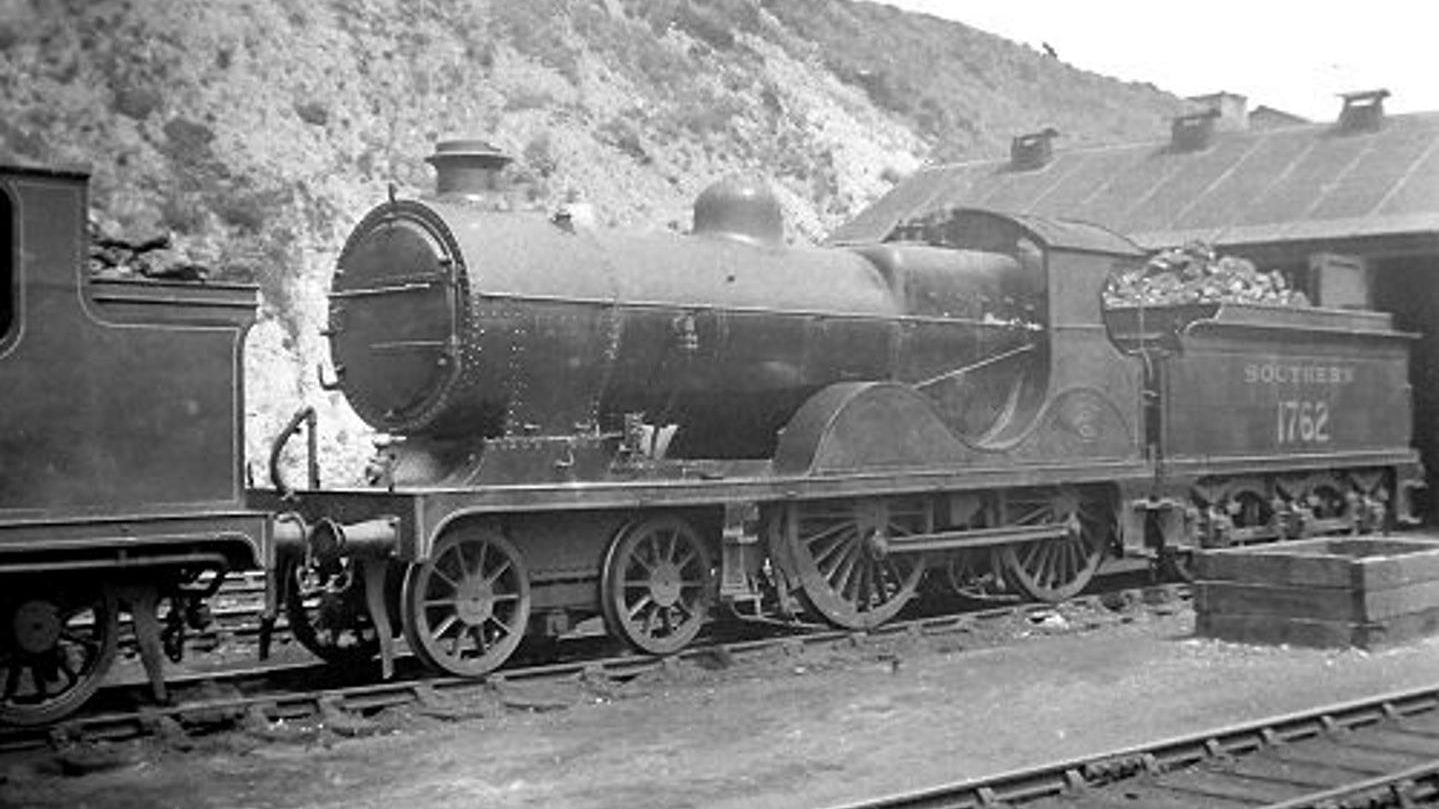

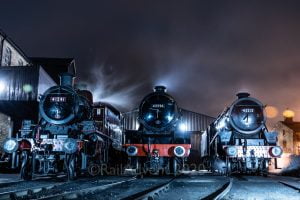

Responses